Twenty-five years after an explosion causing a massive gas leak in the Union Carbide factory in Bhopal, India killed at least 8,000 people, toxic material from the “biggest industrial disaster in history” continues to affect Bhopalis.
A new generation is growing up sick, disabled, and struggling for justice. The effects of the disaster on the health of generations to come—transferred from gas victims to their children and through the ongoing severe contamination caused by the Union Carbide factory—has only started to develop visible forms recently.
A new generation is growing up sick, disabled, and struggling for justice. The effects of the disaster on the health of generations to come—transferred from gas victims to their children and through the ongoing severe contamination caused by the Union Carbide factory—has only started to develop visible forms recently.
Research conducted by the state-run Indian Council of Medical Research (ICMR) until 1994 showed that 25,000 people had died from the consequences of the 44 tons of poisonous gases that were released. This was in addition to the 8,000 to 10,000 people killed within the first three days, the BBC reported.
Government statistics compiled after 1994 concluded that at least 100,000 people living near the factory in central Madhya Pradesh state were chronically sick, with more than 30,000 residing in areas with contaminated water.
According to the ICMR, the number of still births and miscarriages increased immediately after the disaster, and activists say more than 386 tons of toxic waste strewn around the site still pollute soil and groundwater in the area, leading to hormonal and fertility disorders and other illnesses.
Government statistics compiled after 1994 concluded that at least 100,000 people living near the factory in central Madhya Pradesh state were chronically sick, with more than 30,000 residing in areas with contaminated water.
According to the ICMR, the number of still births and miscarriages increased immediately after the disaster, and activists say more than 386 tons of toxic waste strewn around the site still pollute soil and groundwater in the area, leading to hormonal and fertility disorders and other illnesses.
The pesticides produced at the factory were designed to help Indian farmers produce more food as part of a “green revolution” sweeping the country.
Hopes were high that the mere presence of such a large, global company would attract large-scale industrial investment to the city. The gas leak however, changed all that and Bhopal struggles to this day to gain help for the Union Carbide affected and economic growth for the region.
Hopes were high that the mere presence of such a large, global company would attract large-scale industrial investment to the city. The gas leak however, changed all that and Bhopal struggles to this day to gain help for the Union Carbide affected and economic growth for the region.
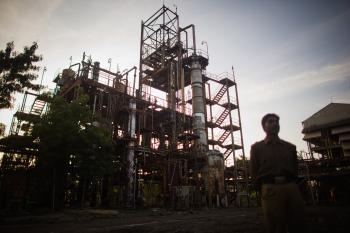
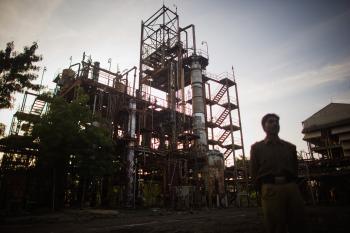
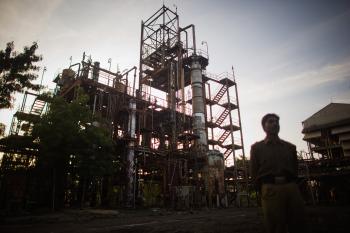
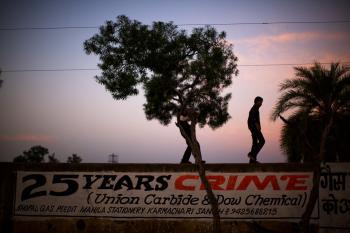
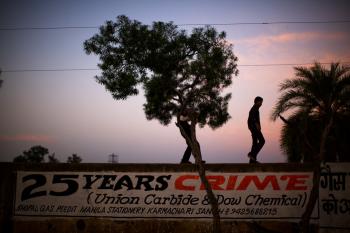
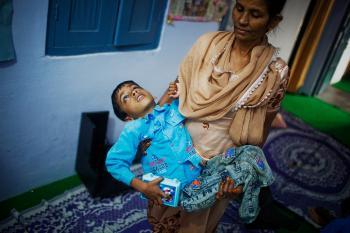
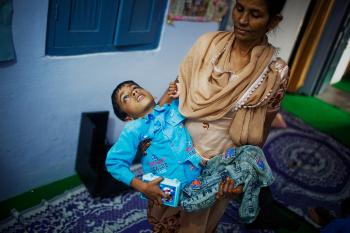




Friends Read Free